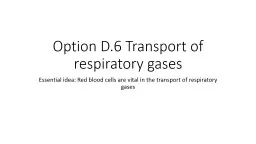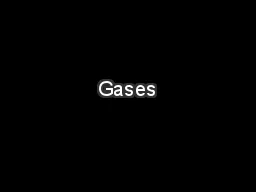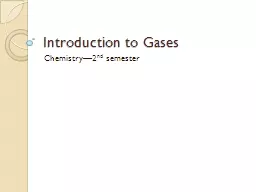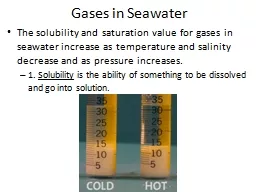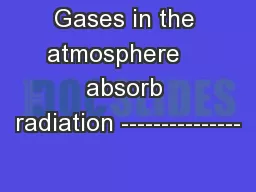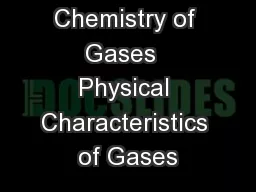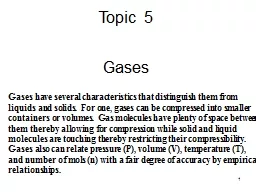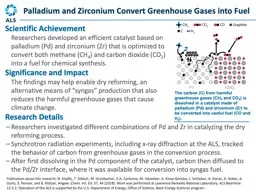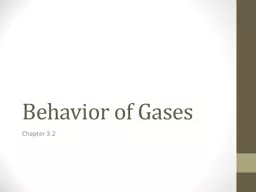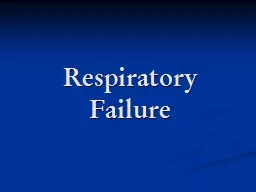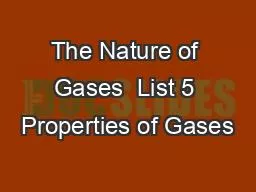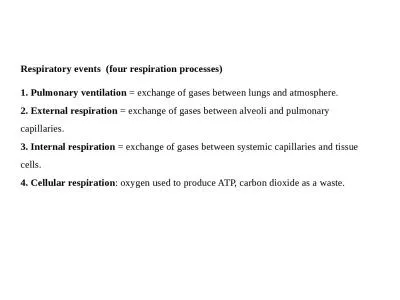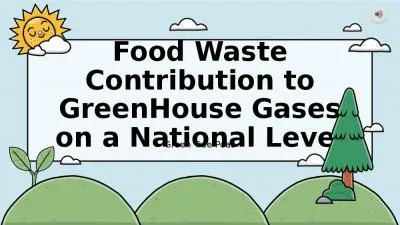PPT-Option D.6 Transport of respiratory gases
Author : imetant | Published Date : 2020-06-16
Essential idea Red blood cells are vital in the transport of respiratory gases D6 Transport of respiratory gases Nature of science Scientists have a role in informing
Presentation Embed Code
Download Presentation
Download Presentation The PPT/PDF document "Option D.6 Transport of respiratory gase..." is the property of its rightful owner. Permission is granted to download and print the materials on this website for personal, non-commercial use only, and to display it on your personal computer provided you do not modify the materials and that you retain all copyright notices contained in the materials. By downloading content from our website, you accept the terms of this agreement.
Option D.6 Transport of respiratory gases: Transcript
Download Rules Of Document
"Option D.6 Transport of respiratory gases"The content belongs to its owner. You may download and print it for personal use, without modification, and keep all copyright notices. By downloading, you agree to these terms.
Related Documents

